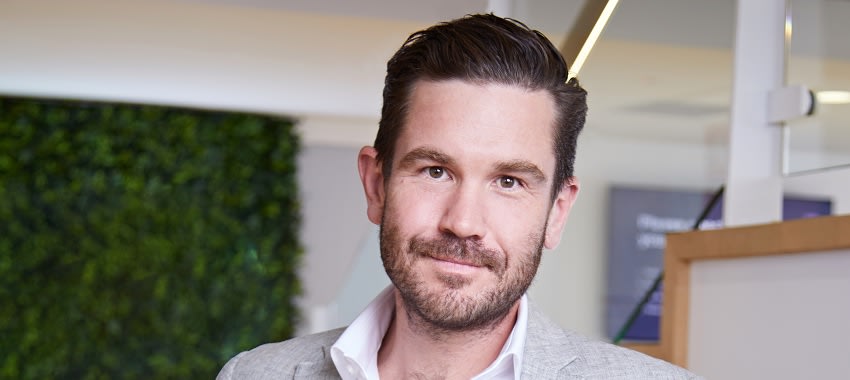
Lendi Group has found that brokers are helping first home buyers find “savvy” solutions to enter the market in a challenging property and lending environment.
A new research report from broking group Lendi Group has shown that more first home buyers entered the market in 2023 with the assistance of a broker than without.
According to the data from Aussie and Lendi, 32 per cent of new residential purchases in 2023 were from first home buyers (FHBs) using a broker.
This is a significant increase on the national FHB new purchase average of 22 per cent (according to the Australian Bureau of Statistics), the group flagged.
Noting the trend, the co-founder and Lendi Group chief operating officer, Sebastian Watkins, said: “In the face of rising interest rates and cost-of-living pressures, we’ve seen purchasers, especially first home buyers, turning to brokers for assistance to understand the different ways they can enter the market.
“On the back of this professional advice, Lendi and Aussie brokers have helped first home buyers beat the odds, with this cohort outperforming the first home buyer market by 10 per cent.”
How are brokers helping FHBs?
Queensland FHBs have been particularly active in market, the group found.
Lendi Group has revealed that 45 per cent of all new property purchases its brokers wrote in January 2024 came from FHBs in the Sunshine State, for example.
This rising demand has come after the Queensland government doubled its first home buyer grant to $30,000,
The group also noted that there has been a notable increase in FHBs using the federal government’s First Home Buyer Guarantee Scheme.
Guarantor loans on the up
The research also found a resurgence in the “bank of mum and dad”, finding that guarantor loans more than doubled in 2023, from 1.8 per cent to 5 per cent of all loans.
This was despite the fact that a limited number of lenders offer guarantor loans.
According to the broking group’s data, FHBs that used a guarantor to secure their home loan had an average deposit of $38,000. Those who did not, paid an average deposit of $103,000.
Moreover, the research revealed that FHBs using a guarantor had a reduced average interest rate of 6.14 per cent compared to 6.28 per cent for the remainder of FHBs.
They were also able to secure a significantly larger loan; on average, guarantor FHB loans came in at $763,000 compared to an FHB without a guarantor paying $621,000.
Speaking of the FHB data, Aussie St Marys broker Kim Horan added that she was seeing more FHBs “rentvesting”, as purchasers buy property to rent out while living at home or renting a less expensive home.
Lendi and Aussie’s report also found that 20 per cent of FHBs were rentvesting.
Horan said: “Lots of young purchasers are looking to get into the property market early whilst maintaining their current lifestyle.
“So, it is no surprise that there has been an increase in first home buyers choosing to buy homes in areas they can afford and renting them out while they either stay at home with parents or rent in areas that suit their current lifestyle.”
A further 5 per cent of FHBs have been buying properties with friends or family outside of traditional single or dual occupancy, an increase from 2 per cent in 2022, Lendi Group found.
Watkins concluded that FHBs were better off reaching out to a broker to navigate their options and find more solutions.
[Related: Increase in FHBs planning to enter the market: Resolve Finance]
 Login
Login










JOIN THE DISCUSSION